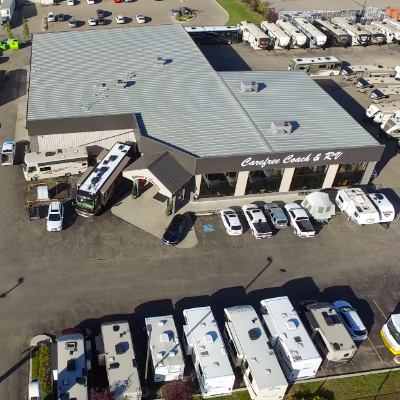How to play a new golf course
Most people will play well on a new course—there are, however, a number of proactive steps that will benefit your game.

It is always exciting to play a golf course for the first time. There are no bad memories of triple bogeys, three putts, water shots or the wheels coming off. The course is fresh, exciting and full of promise. The truth is, most people will play well on a new course, despite not knowing what lies ahead. There are, however, a number of proactive steps that will benefit your game.
1. The day before playing, check out the course's website for general information—from the testimonials or reviews to photos of the course, including the signature hole. In addition, look for the course rating (CR) and slope (S), which determine the degree of difficulty. A CR of 72.8 and an S of 143 makes for a very hard course.
2. On arriving at the new course, if possible, check out the flag locations on the ninth and 18th holes (red, white and blue flags). This information can be useful when hitting onto these two greens. Distance is always measured to the centre of the green, so look for a white flag.
3. Hit a small bucket of 20 balls to warm up your shoulders and back and get the feeling of the club. Warm up with a wedge, middle iron and driver. This is not the time to change your swing.
4. Spend time on the putting green so as to determine the speed of the greens. Start with short putts and increase the distance.
5. Take five minutes to study the score card or layout booklet, if provided. Both illustrate the layout of the holes, possible hazards, local rules and regulations, and course etiquette. The layout booklet will go into greater details, with suggestions on how to play each hole and the exact distances. If the cart has a GPS unit installed, by all means use it.
6. Look at the total yardage of the course and play the appropriate tees. The average golfer will struggle with courses over 6,200 yards. Put the ego aside, stay off the back tees and enjoy the game even more. Remember, the ladies tees are really the forward tees for older men.
7. Get off to a good start. Take a conservative approach to the first hole. Play the hole as a bogey and avoid a double or triple bogey. A par will then feel like a birdie.
8. When teeing off, find the flattest spot on the tee box. If the hazards are to the right, tee off as far right as possible. This opens up the fairway, giving golfers a bigger target to the left. The same principle applies to the left.
9. Study the general landscape of the course. It will indicate both the slope of the fairways and where not to hit the ball. For example, if the fairway slopes left to right, the odds are that the hazards will be on the right side. Always hit away from danger.
10. In lining up your putt, walk the entire length of a putt and let your feet feel the break. Also walk around your putt, although the best view of the line is from the opposite side. Putts on the green usually break to the water or follow the slope of the land, despite what your eyes may tell you.
11. Because most golfers are right-handed, golf courses are designed with more hazards to the right side of the fairway than the left. For right-handed players, hit to the left side of the fairway and avoid most hazards.
12. The best way to get around a new course is based on three simple rules:
- Follow the posted signs.
- Follow the cart paths.
- Follow the group in front of you.
These three simple ideas will avoid the embarrassment of getting lost and slowing up the pace of play. For the males reading this, just ask for directions!
Relax and enjoy the experience of playing a new course with friends. Unless you are on the PGA tour or in a tournament, the final score is really just for bragging rights. Enjoy golf.








